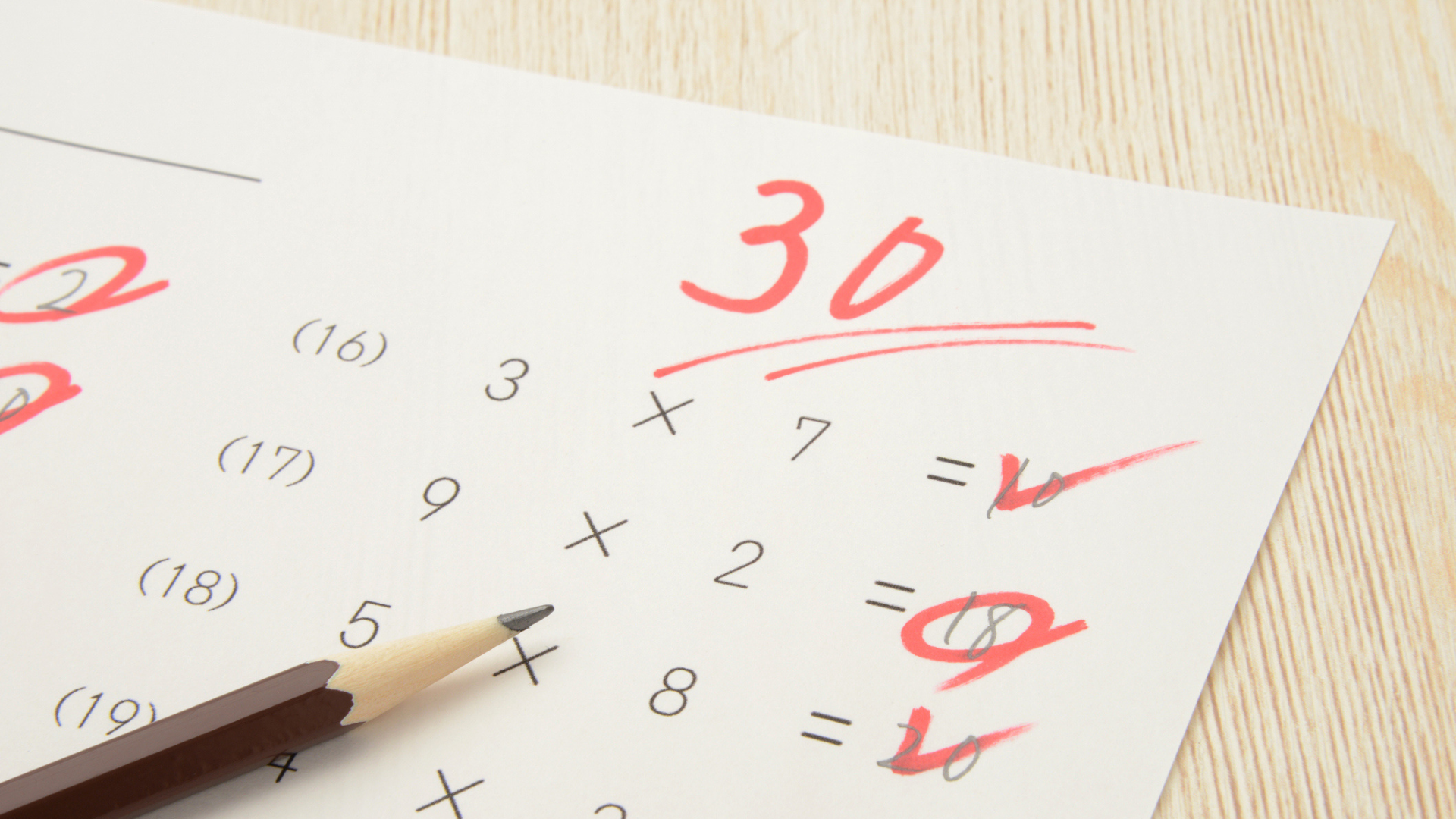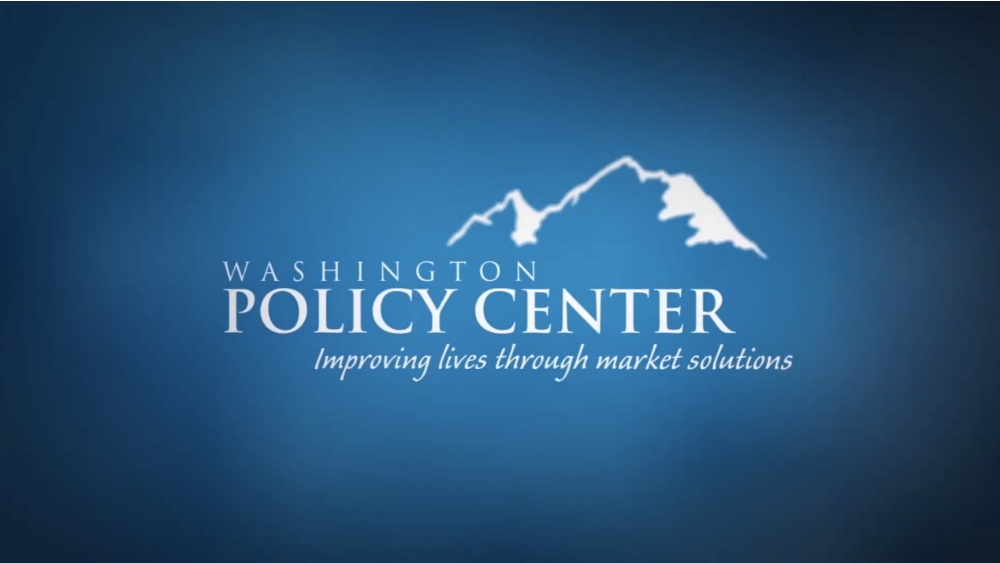 Download the full policy note here.
Download the full policy note here.
Key Findings
- In 2018 state Superintendent Reykdal replaced the School Achievement Index with a weaker measure called the Washington School Improvement Framework (WSIF).
- Families can no longer use the School Achievement Index to determine whether the school their children attend is rated as Exemplary, Very Good, Good, Fair or Underperforming.
- The new WSIF categorizes schools by the level of funding school officials believe schools should receive, as requiring “Foundational Supports,” “Support Tier 1,” “Support Tier 2,” or “Support Tier 3.”
- State spending on public education in Washington has doubled in eight years, rising from $13.5 billion in 2013 to $27.3 billion in the current state budget, while the number of students has only increased by about 10 percent.
- Nevertheless, results on the WSIF show no overall improvement in school rankings.
- The WSIF does show continuing, persistent school failure; about 250 schools in Washington fail to provide their 55,000 students a quality education.
- Ironically, the WSIF reveals the failure of the idea that more money improves the schools.
- As an accountability measure to improve schools, WSIF, has failed.
- The better approach is to increase school choice for families by opening more public charter schools, and by offering tax credit scholarships and vouchers to private schools.
- Parents are in the best position to find schools that meet the learning needs of their children.
Introduction
In 2009 the Legislature directed state officials to create a rating system for schools to inform the public and ensure that children attending public schools are receiving a good education. The Legislature said:
The SBE [State Board of Education] has responsibility for implementing a statewide accountability system that includes identification of successful schools and districts, those in need of assistance, and those in which state intervention measures are needed.
Download the full policy note to continue reading.





